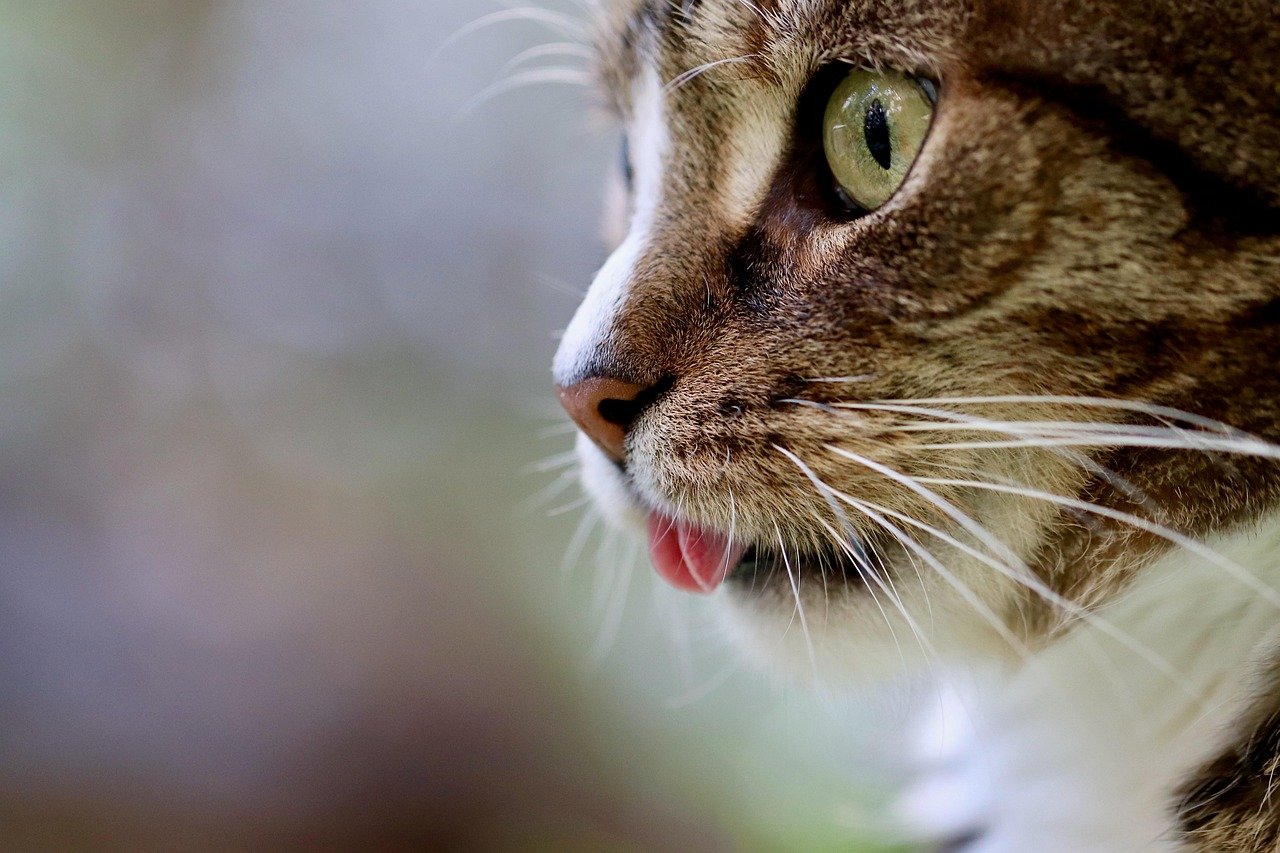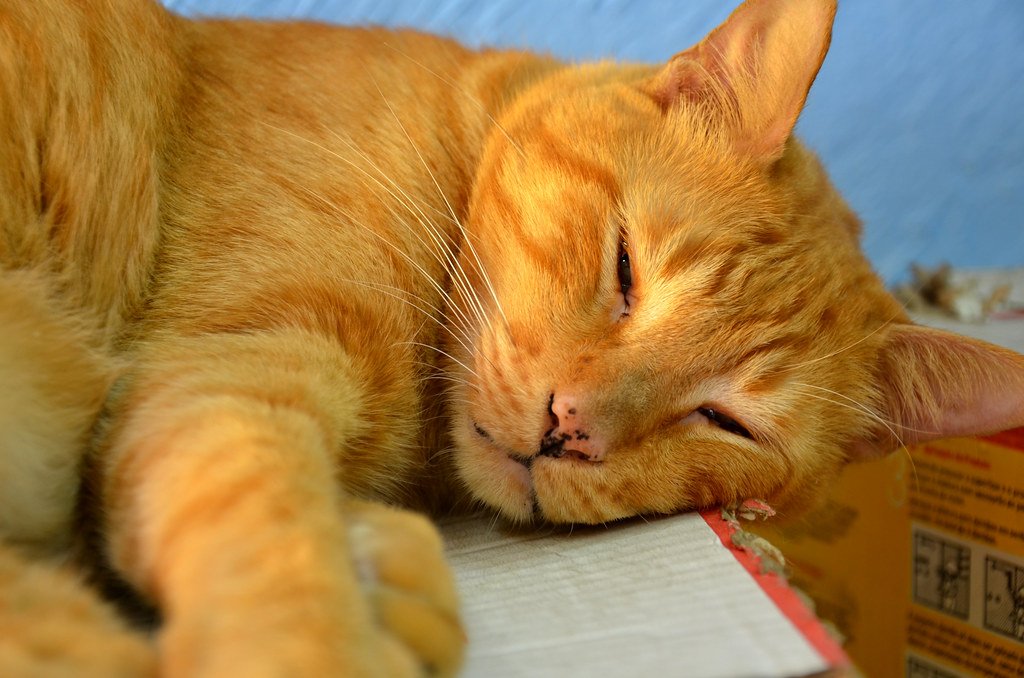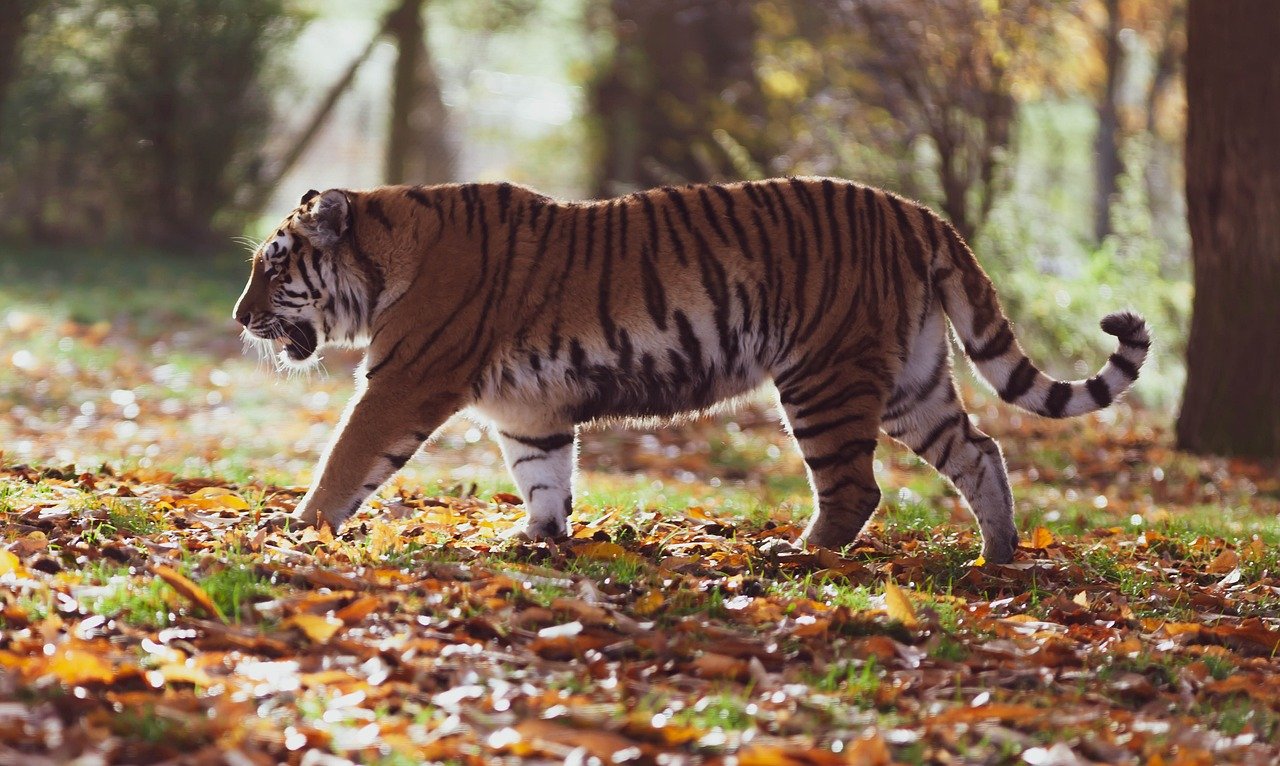Saber-Toothed Tiger: The Hissing Giant of the Ice Age

Picture this: a massive cat with teeth so long they could pierce through thick hide, yet it couldn’t roar like modern lions. The saber-toothed tiger, or Smilodon, was basically the ultimate predator with a surprising vocal limitation. These prehistoric hunters relied on hissing, spitting, and other vocalizations to communicate with their pack.
Their elongated canine teeth made roaring nearly impossible. Think of it like trying to whistle with your mouth full — the anatomy just didn’t work for deep, resonant roars. Instead, these ancient cats probably sounded more like oversized house cats when they got angry.
Cave Lion: Europe’s Silent Stalker

The cave lion was larger than today’s African lions, yet it prowled through ancient Europe without a single roar echoing through the caves. These magnificent beasts communicated through a series of hisses, growls, and purr-like sounds that would have made your spine tingle. Archaeological evidence suggests they lived in small family groups, much like modern lions.
What’s fascinating is that cave paintings from our ancestors show these cats in detail, but no ancient stories mention their roars. They were silent hunters who relied on stealth rather than intimidation through sound.
American Cheetah: The Purring Speedster

Long before modern cheetahs existed in Africa, North America had its own version of the fastest cat on earth. The American cheetah could reach incredible speeds but shared the same vocal limitations as its modern cousins. These cats were built for speed, not for roaring, and their larynx structure prevented them from producing those deep, powerful sounds.
Like today’s cheetahs, they probably chirped, hissed, and made bird-like sounds to communicate. Imagine a cat that could outrun a horse but sounded more like an angry house cat than a fearsome predator.
Dinofelis: The False Saber-Tooth

Often mistaken for a true saber-toothed cat, Dinofelis had shorter, more practical teeth but still couldn’t roar. This “false saber-tooth” was actually more closely related to modern small cats than to lions or tigers. They lived across Africa, Asia, and North America, adapting to various environments while maintaining their signature hissing communication style.
These cats were incredibly successful hunters, possibly even preying on early human ancestors. Their inability to roar didn’t hinder their hunting success one bit — they were masters of silent stalking and sudden attacks.
Homotherium: The Scimitar Cat

With teeth curved like ancient swords, Homotherium looked absolutely terrifying but sounded surprisingly gentle. These “scimitar cats” had a unique body structure with longer front legs, making them look almost hyena-like. They hunted in packs and used complex vocalizations that included hissing, spitting, and low-frequency sounds to coordinate their attacks.
What made them special wasn’t their roar — because they couldn’t — but their incredible teamwork. They were like the wolves of the cat world, working together to bring down massive prey like mammoths and giant ground sloths.
Xenosmilus: The Cookie-Cutter Cat

Named for its unusual serrated teeth that worked like a cookie cutter, Xenosmilus was a relatively small but incredibly efficient predator. These cats lived in Florida around 1.8 million years ago and used their unique dental equipment to slice through prey with surgical precision. Despite their fearsome appearance, they communicated through hisses and other non-roaring vocalizations.
Their hunting style was unlike any modern cat — they would bite once and let their prey bleed out, similar to how Komodo dragons hunt today. The lack of roaring ability didn’t matter when you could kill with a single, perfectly placed bite.
Barbourofelis: The Nimravid Giant

Before true cats evolved, there were nimravids — cat-like creatures that looked remarkably similar to modern felines. Barbourofelis was the largest of these “false cats” and sported impressive saber teeth that would make any modern tiger jealous. However, their vocal anatomy was completely different from modern roaring cats.
These ancient predators ruled North America for millions of years, using a combination of hisses, snarls, and other sounds to communicate. They were so successful that they outlasted many other prehistoric predators, proving that you don’t need to roar to be a top predator.
Eusmilus: The European Saber-Tooth

While North America had its saber-toothed cats, Europe had Eusmilus — a smaller but equally impressive predator with proportionally longer canine teeth than almost any other cat. These cats were built like precision hunting machines, with bodies designed for delivering a single, devastating bite. Their communication relied entirely on hissing and other non-roaring sounds.
What’s remarkable about Eusmilus is that their teeth were so long they had special flanges on their lower jaws to protect the sabers when their mouths were closed. They were like nature’s own switchblades — deadly but silent.
Machairodus: The Original Saber-Tooth

Often considered the first true saber-toothed cat, Machairodus spread across Africa, Asia, and Europe around 15 million years ago. These cats were the template for all future saber-toothed species, establishing the classic combination of massive canine teeth and the inability to roar. They were successful hunters that dominated their ecosystems for millions of years.
Their fossil record shows incredible diversity, with different species adapting to various environments while maintaining their signature hissing communication style. They proved that evolutionary success doesn’t require the ability to roar — sometimes, a good hiss is all you need.
Megantereon: The Dirk-Toothed Killer

The last of our ancient hissing cats, Megantereon lived alongside early humans and may have competed with them for resources. These “dirk-toothed” cats had straight, dagger-like canines that were perfect for delivering fatal wounds to large prey. Like all their saber-toothed relatives, they communicated through hisses, growls, and other sounds that would have sent chills down the spines of our ancestors.
Archaeological evidence suggests that early humans may have scavenged kills from these cats, leading to a complex relationship between two of history’s most successful predators. Both species were masters of their craft, even if only one could roar.
Conclusion: The Silent Hunters

These ancient felines remind us that nature’s most successful predators don’t always make the loudest noise. While modern big cats use their roars to establish territory and communicate across vast distances, these prehistoric hunters relied on stealth, teamwork, and precision strikes. Their hisses and growls were just as effective for their hunting strategies and social structures.
The next time you hear your house cat hiss, remember that you’re listening to an ancient form of communication that once echoed through prehistoric landscapes. These sounds connected some of the most fearsome predators in Earth’s history, proving that sometimes the most powerful voices are the ones that whisper rather than roar.
Which of these silent ancient hunters would you have been most terrified to encounter in the wild?
Hi, I’m Bola, a passionate writer and creative strategist with a knack for crafting compelling content that educates, inspires, and connects. Over the years, I’ve honed my skills across various writing fields, including content creation, copywriting, online course development, and video scriptwriting.
When I’m not at my desk, you’ll find me exploring new ideas, reading books, or brainstorming creative ways to solve challenges. I believe that words have the power to transform, and I’m here to help you leverage that power for success.
Thanks for stopping by, Keep coming to this website to checkout new articles form me. You’d always love it!






